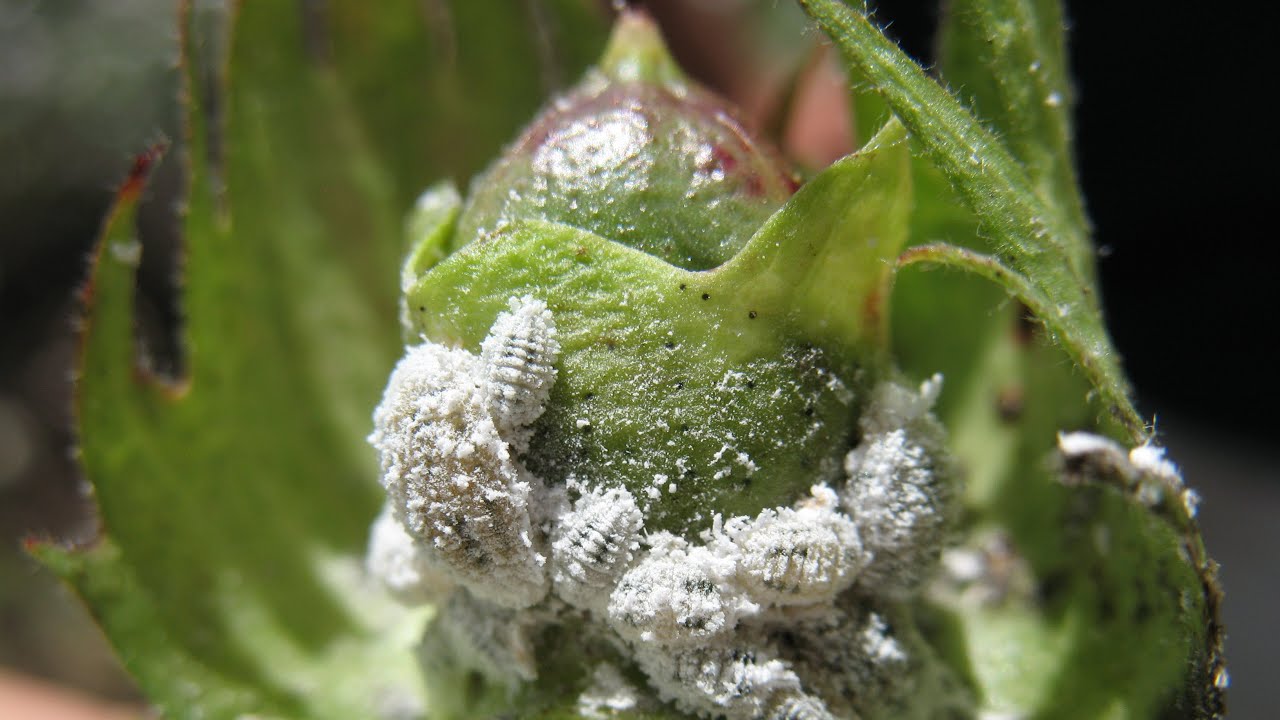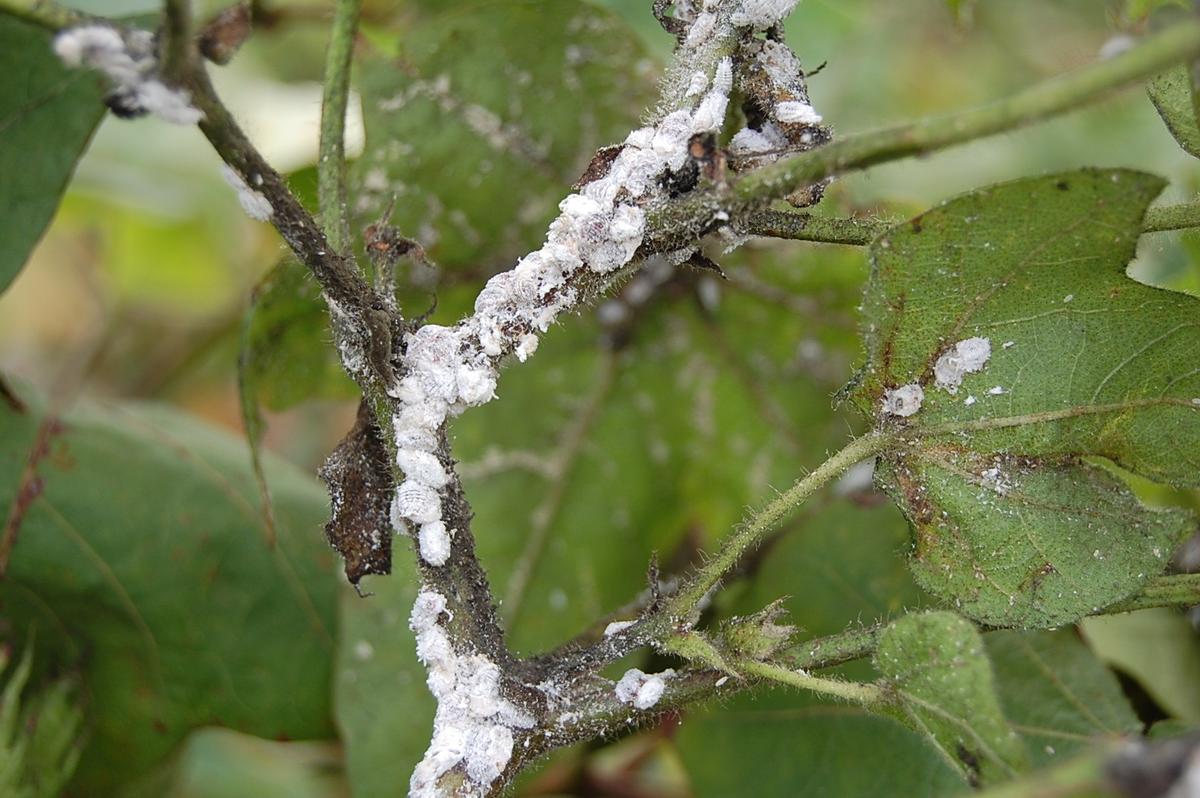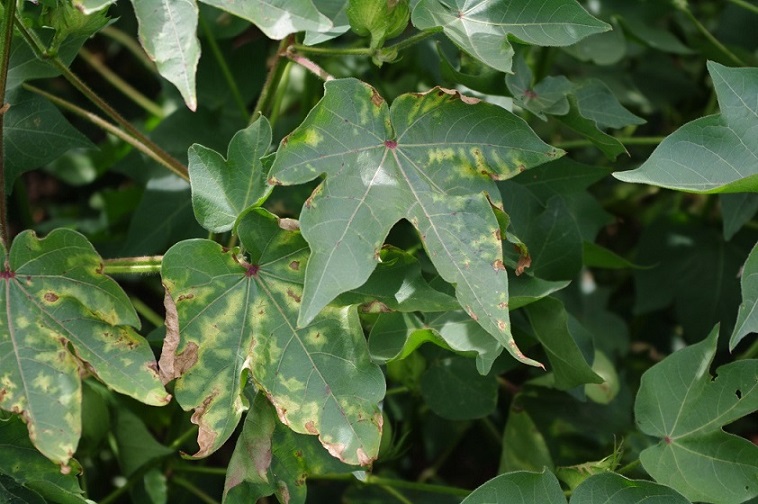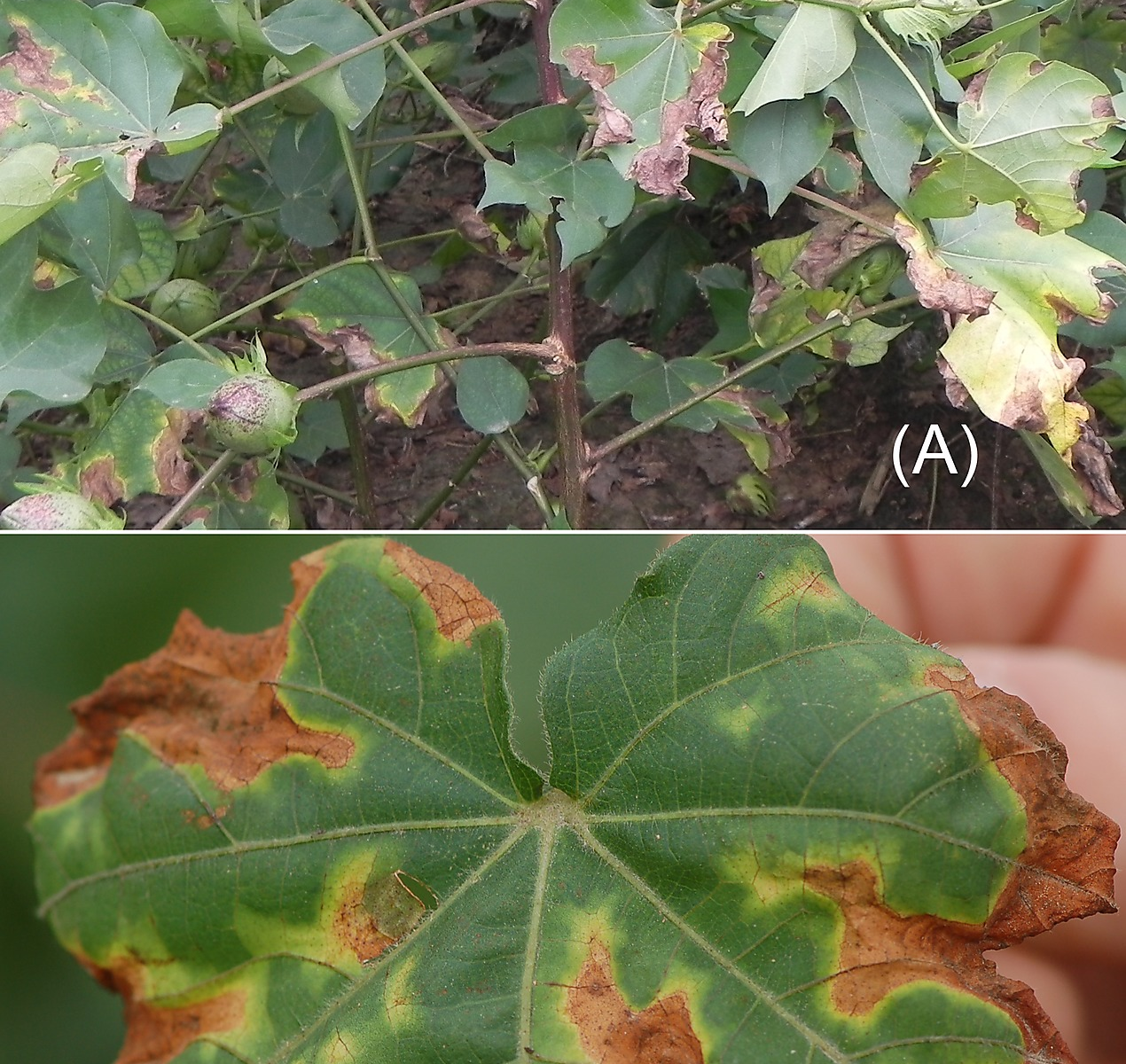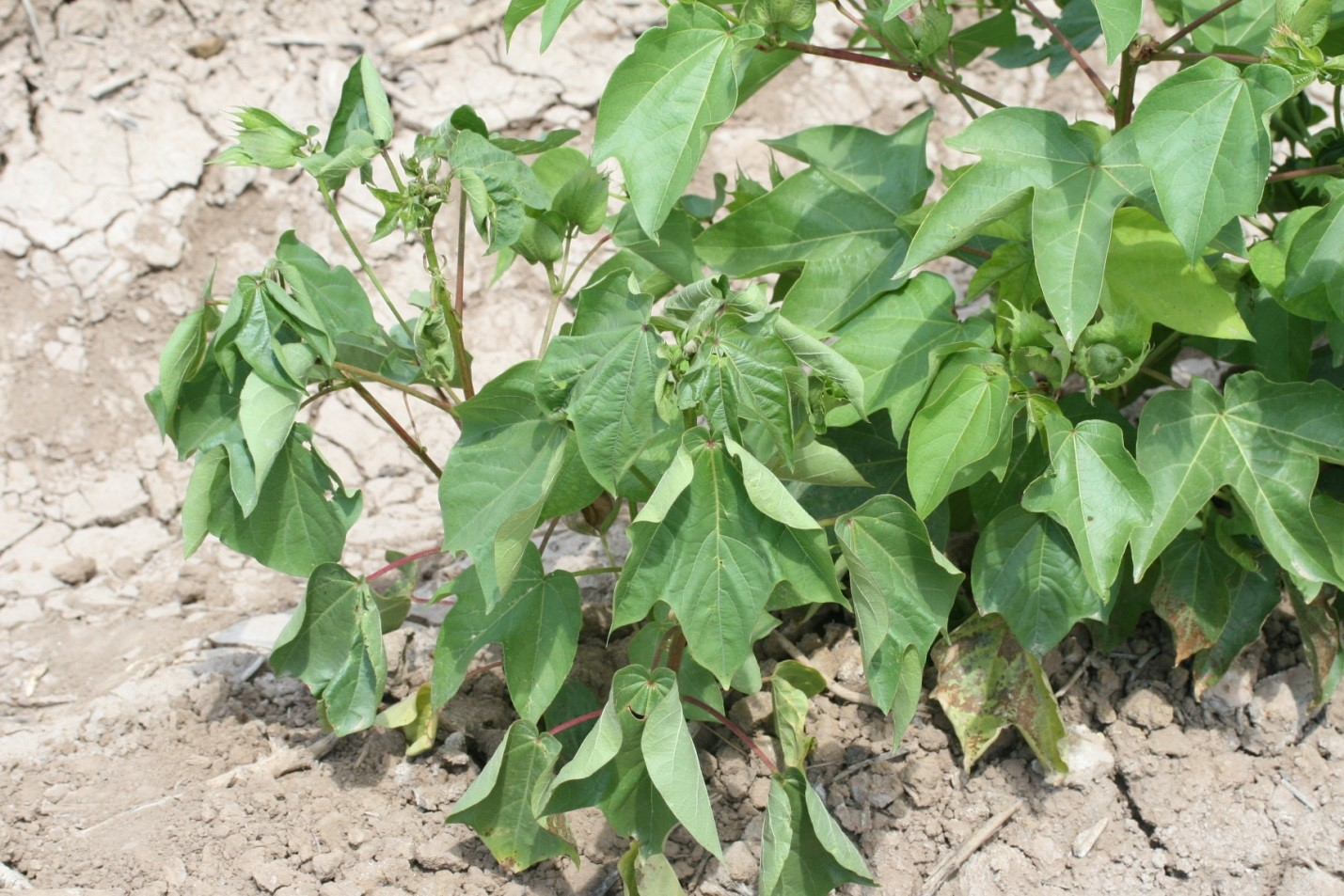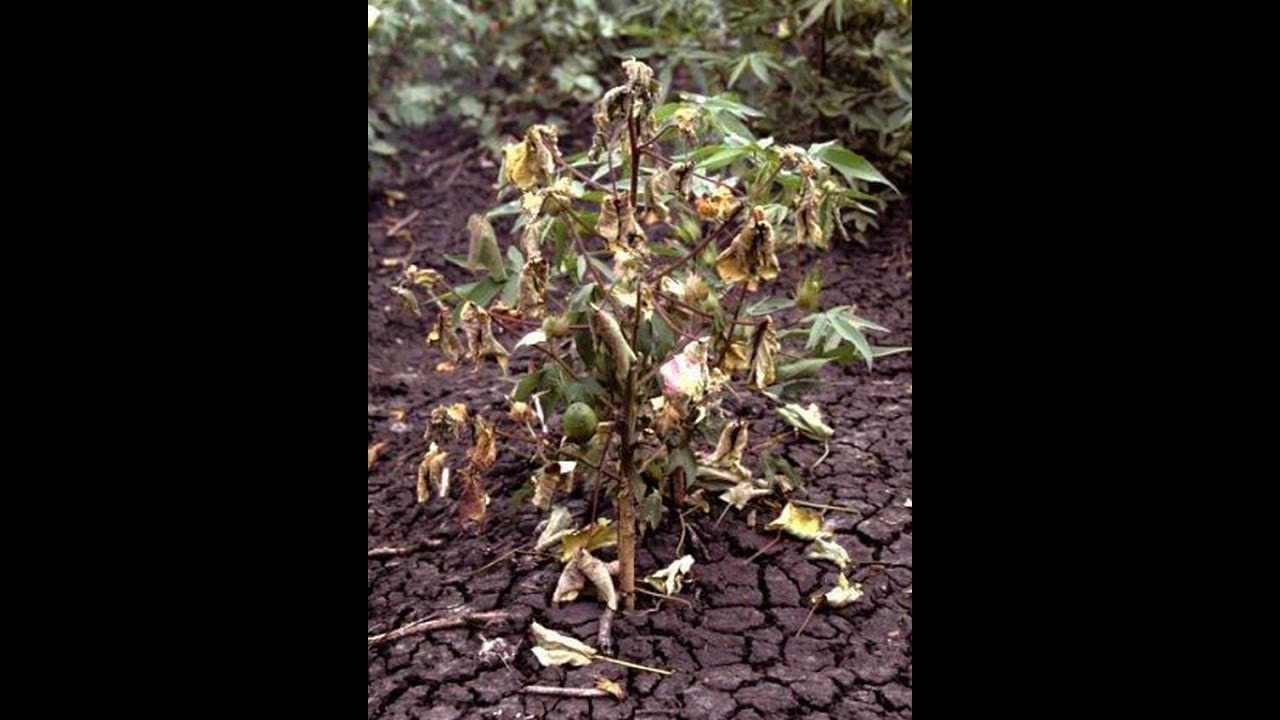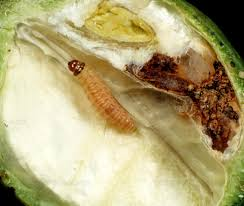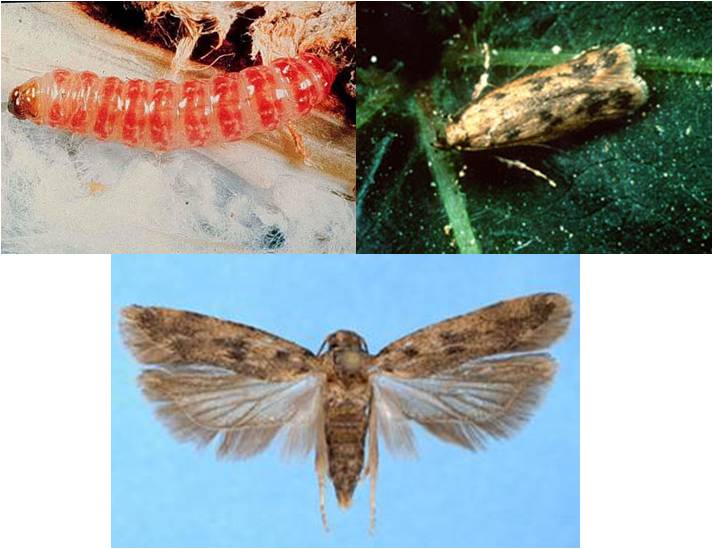- Remove the alternate weeds hosts.
- Monitor the incidence regularly and look for crawler emergence.
- Take up the management at the initial stage to get maximum control.
- Wherever necessary use neem based botanical insecticides such as neem oil @ 75 ml per pump or NSKE @ 75 ml per pump.
- Use of Dimethoate @ 30 ml/pump or Profenophos @ 40 ml/pump or Buprofezin @ 50 ml/pump may be adopted as an alternative.
Like and share with other farmers by clicking on the button below.
Share
